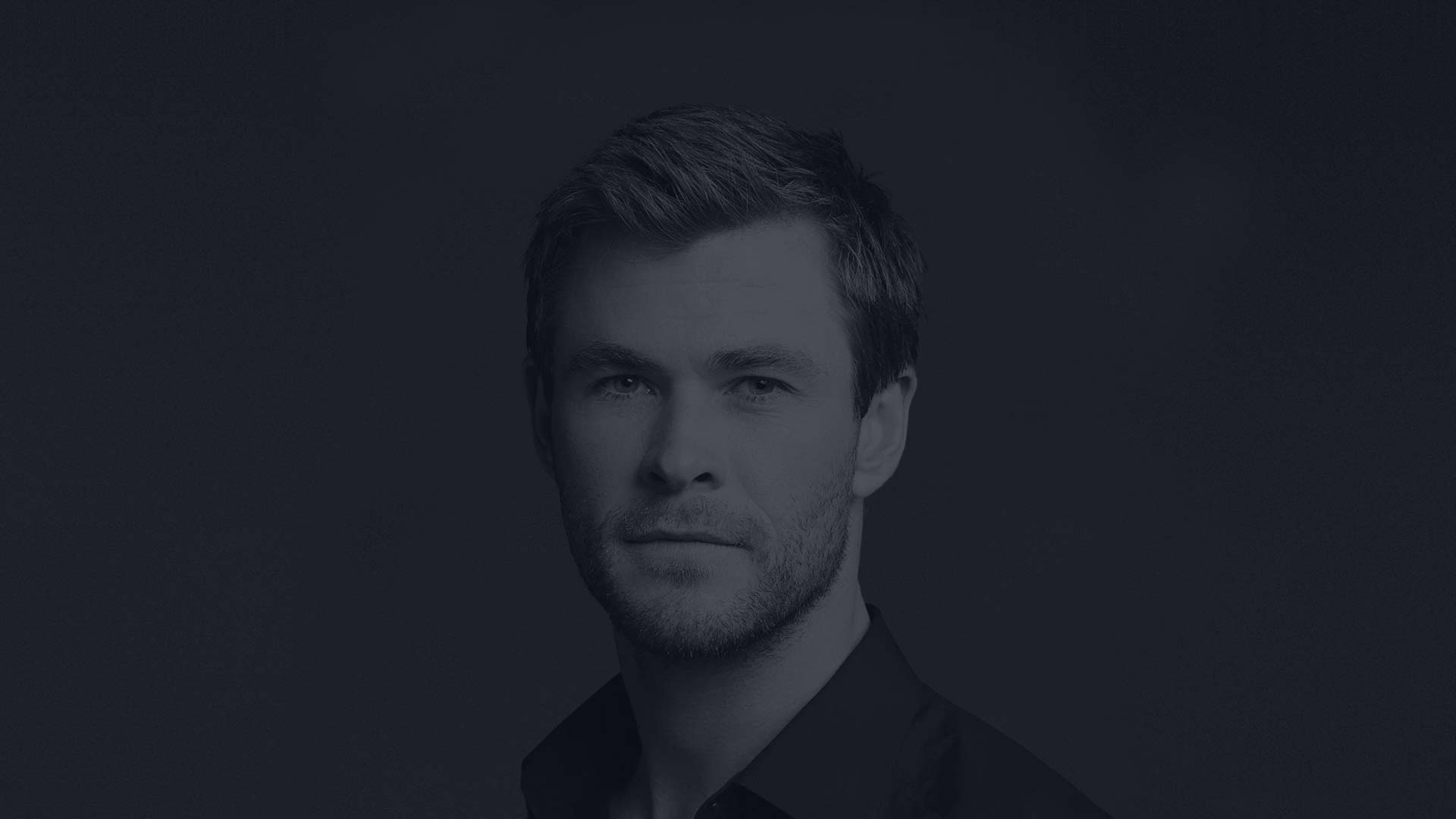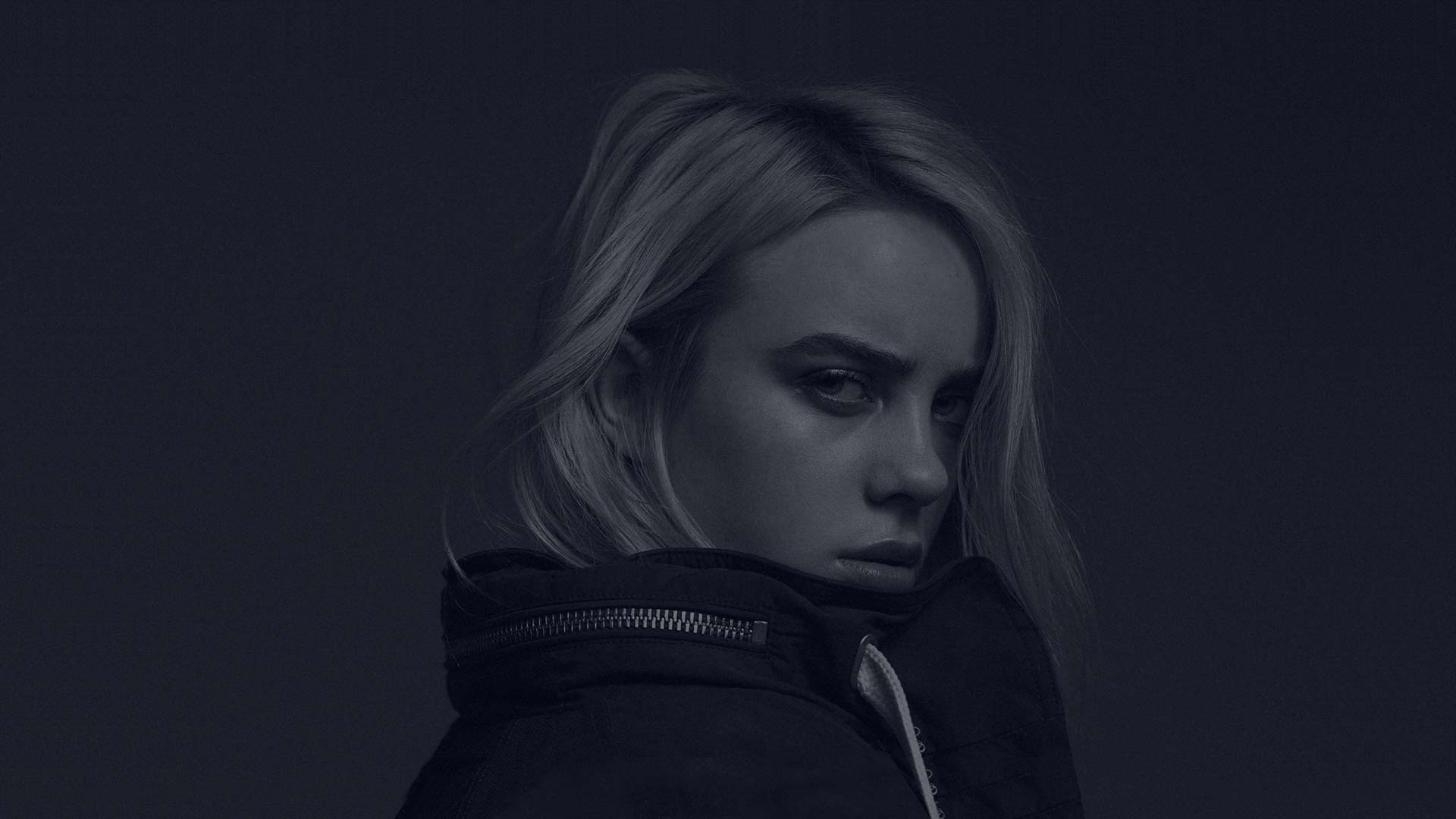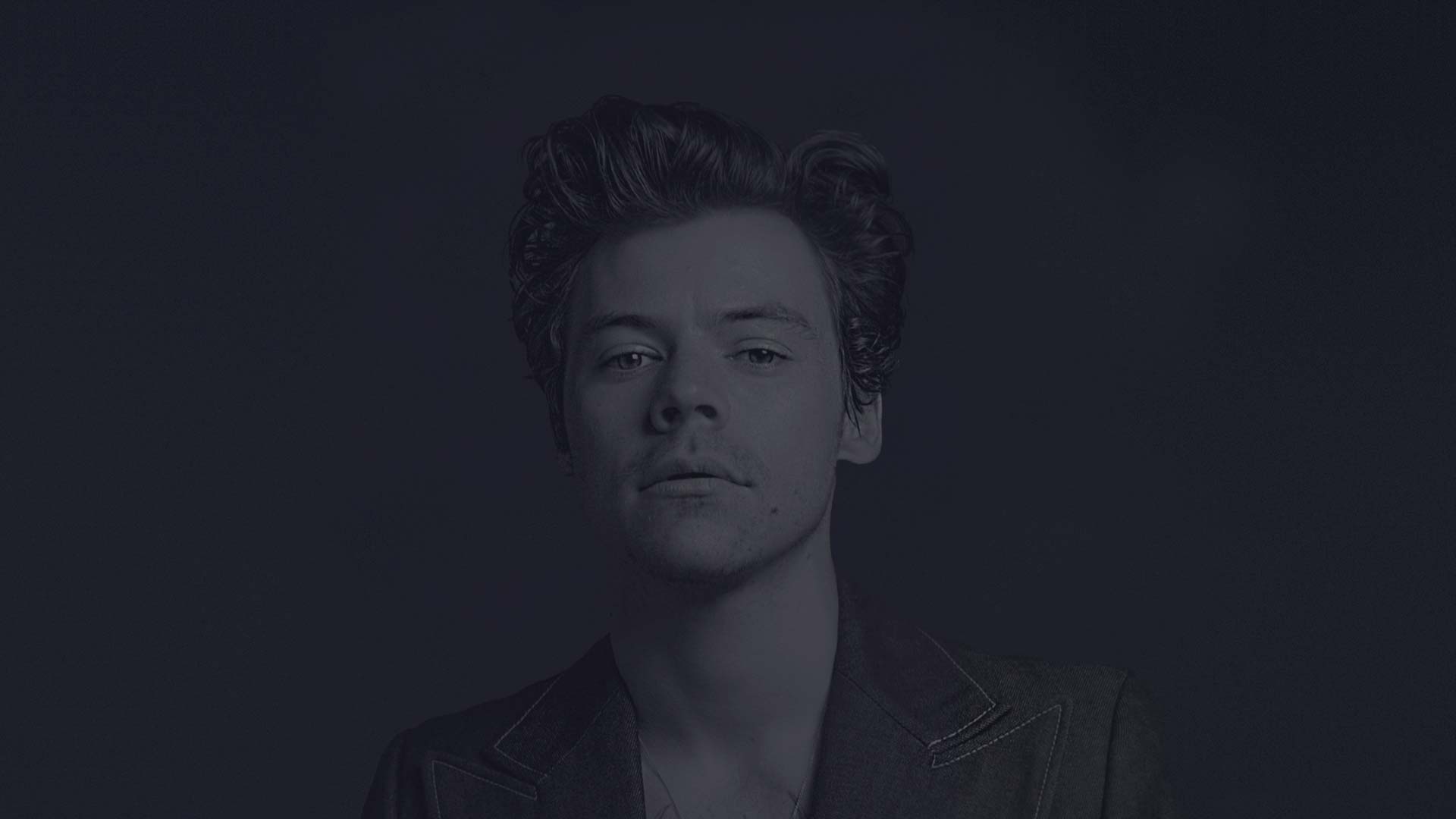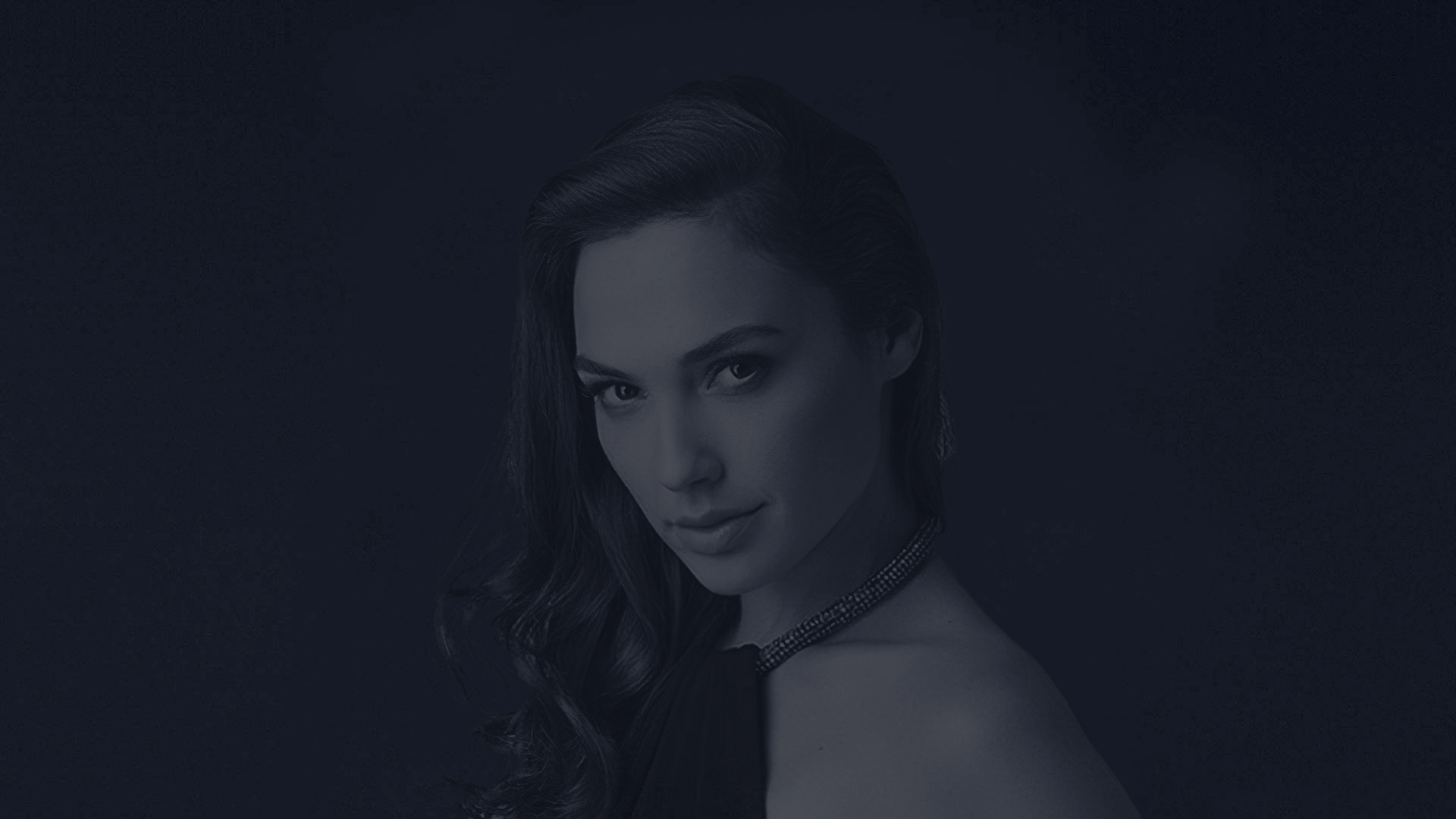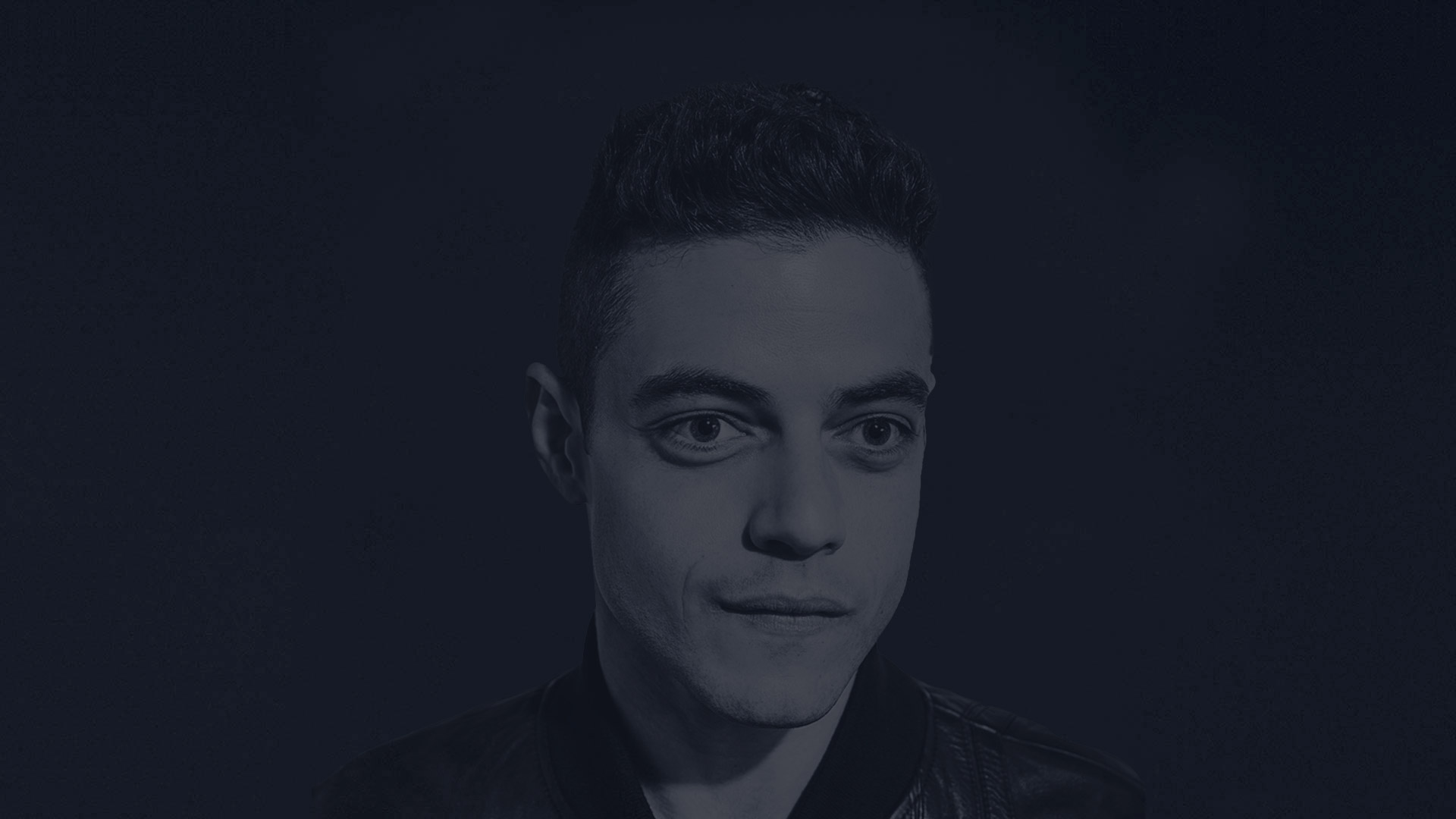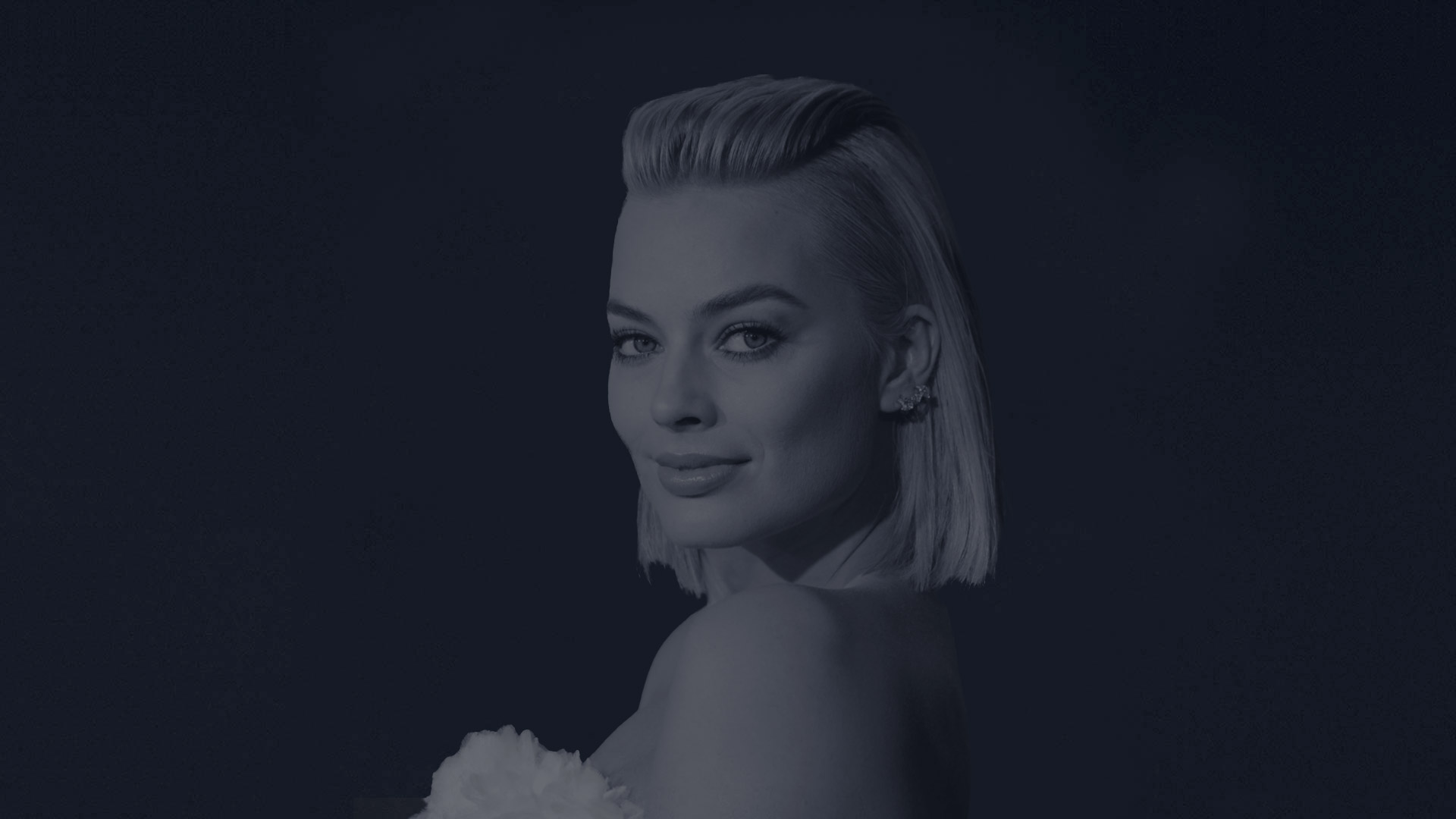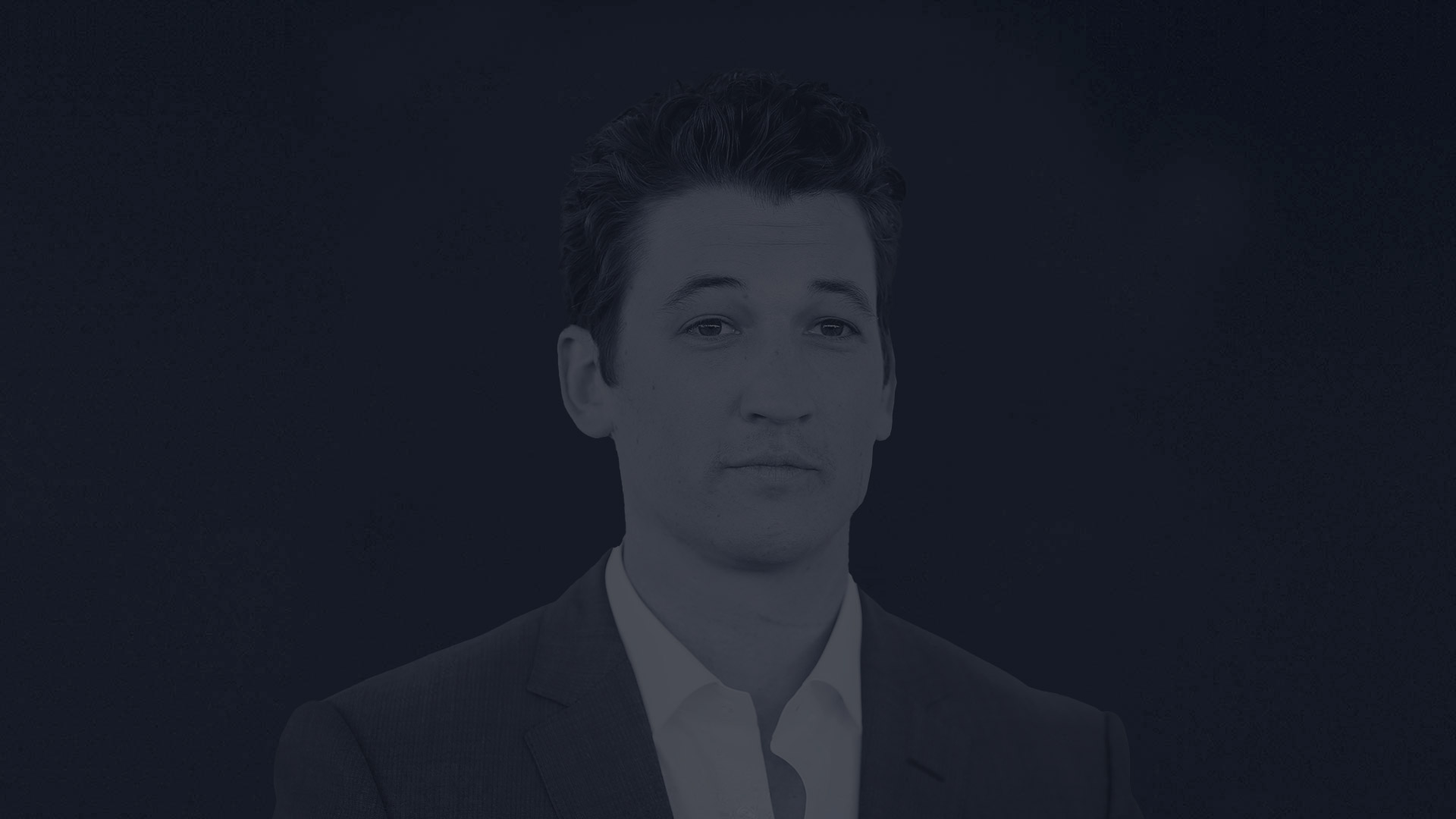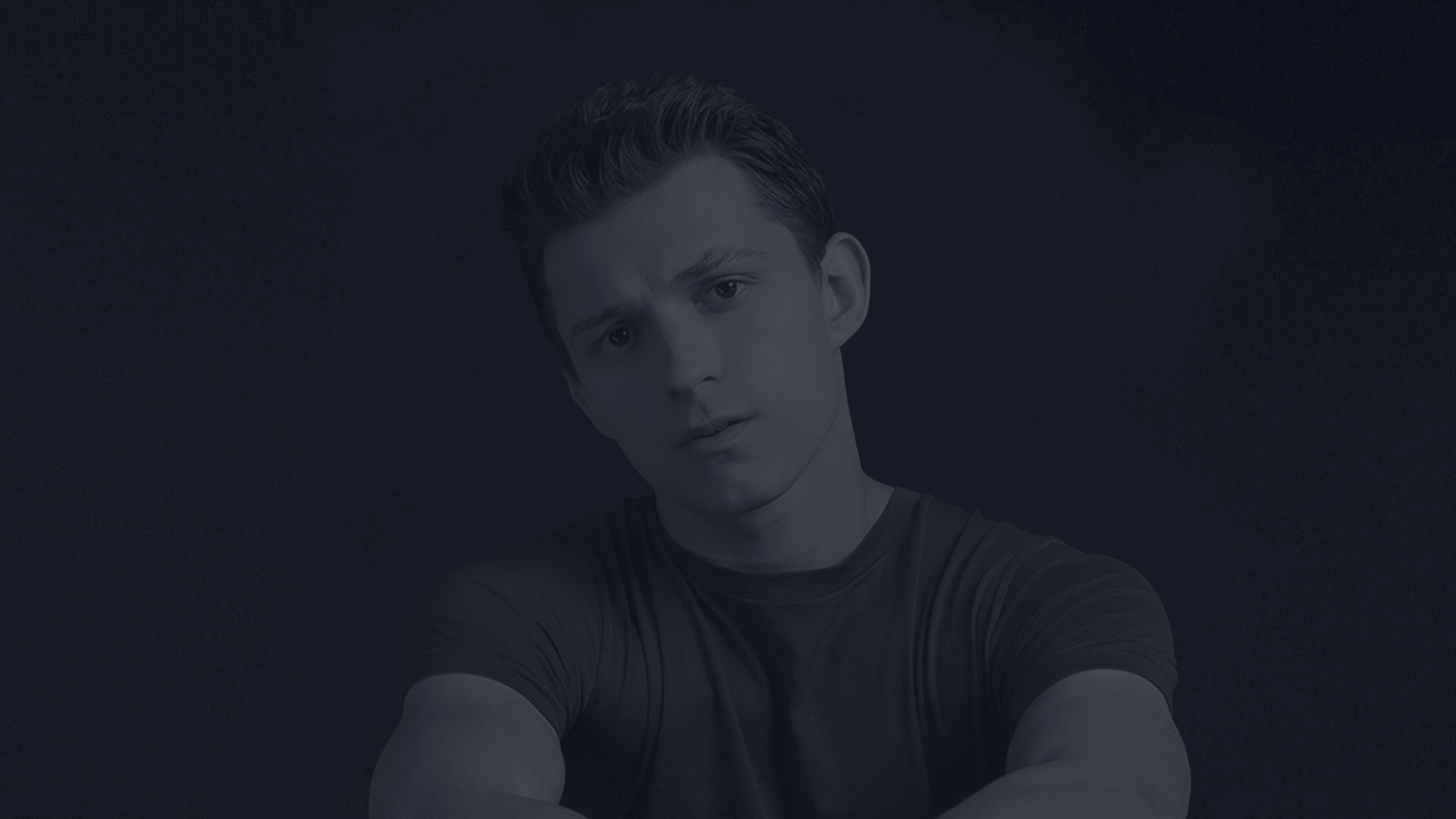The Importance of Timing: When to Schedule Entertainment During Your Grand Opening
All rights reserved.
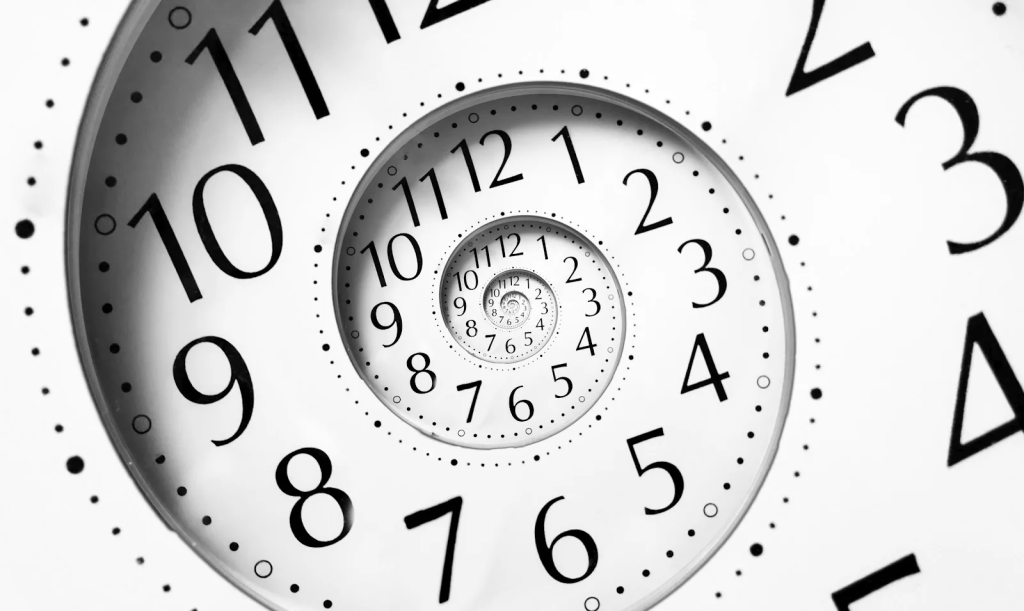
A grand opening is your business’s big debut — a chance to make a powerful first impression. From our recent posts you already know, what acts are best for grand openings and what the do's and don'ts are when it comes to entertainment. But even the most amazing entertainment won’t have the right impact if it’s scheduled at the wrong time. Timing is everything.
Here’s how to strategically schedule entertainment throughout your grand opening to maximize engagement, foot traffic, and excitement.
1. The Pre-Opening Teaser (30-60 Minutes Before Doors Open)
Goal: build anticipation and draw a crowd before the official start
What works:
Roaming acts (living statues, marching bands) outside your venue
A red carpet moment with a photographer for VIP guests
A DJ or acoustic musician setting the mood near the entrance
Why it works: people are naturally curious — if they see something exciting happening, they’ll stop to watch and stick around for the main event.
Example: a boutique hotel opening used a saxophonist playing on the sidewalk before the ribbon-cutting, creating an instant crowd that followed inside once doors opened.
2. The Grand Entrance (Opening Ceremony, First 15-30 Minutes)
Goal: make a bold statement right at the start.
What works:
A high-energy performance (drumline, dance crew, or confetti blast) as doors open
A celebrity or influencer host kicking things off with a short speech
A ribbon-cutting with a fun twist (e.g., giant scissors, a laser light show, or a balloon drop)
Why it works: the first few minutes set the tone — make them unforgettable.
Example: a tech startup launched with a digital countdown on a LED wall, ending with a burst of smoke and a live DJ transition into their first demo.
3. The Mid-Event Engagement (Peak Hours, 1-2 Hours In)
Goal: keep energy high and guests interacting.
What works:
Rotating acts (magicians, caricaturists, or roving performers) mingling with the crowd
Interactive experiences (photo booths, VR demos, or live art installations)
Short, scheduled performances (10-15 min sets by a band, comedian, or aerialist)
Why it works: people stay longer when there’s always something new to see.
Example: a restaurant’s grand opening featured a sushi chef performing knife tricks between seatings — guests loved the show and posted videos online.
4. The Grand Finale (Last 30 Minutes)
Goal: end on a high note so guests leave excited.
What works:
A big closing act (fireworks, a dance flash mob, or a surprise guest)
A giveaway or raffle announcement with fanfare
A “thank you” performance (like a soulful singer or a marching band send-off)
Why it works: People remember the first and last moments most — make yours epic.
Example: a car dealership ended their launch with a drifting stunt show in the parking lot, leaving attendees buzzing for days.
5. Bonus: Social Media Moments (Throughout the Event)
Sprinkle in short, shareable performances (like a 1-minute magic trick or a TikTok dance challenge) to keep content flowing online.
Key Timing Mistakes to Avoid
1. Starting too early – if no crowd has gathered yet, the impact is lost.
2. Long gaps between acts – dead time kills momentum.
3. Overlapping with speeches – performers shouldn’t compete with important announcements.
The right entertainment at the right time turns a good event into a legendary one.
In order to match entertainment to your event flow, better schedule your biggest acts for high foot traffic times. Use interactive or roaming entertainment to avoid lulls in attendance, and do not forget to go out with a bang while closing.
Need help planning the perfect entertainment schedule for your grand opening? Let’s make every minute count!
